As digital marketers, we know that the best campaign is an intentional, integrated sum of all our design, content, and development efforts. However, when it comes to setting goals and evaluating performance, we can become laser-focused on the impact of a specific channel or new platform and expect stellar conversion results fresh out of the gate. It’s all too easy to lose sight of the reality that customer decision journeys are complex, cross-channel, and often non-linear.
Yet the fact that you can’t control a user pathway shouldn’t stop you from helping a potential customer find their way to your product. This requires being visible to your customers, positioning your brand in the right place at the right time throughout their decision-making journey, and optimizing their interaction with your brand in every stage of the marketing funnel.
What is the Difference Between Your Marketing Funnel and a Customer Journey?
A marketing funnel is a visualization of the stages of a customer’s engagement with your brand, from awareness through action. A customer journey is a map of all touchpoints with your brand a customer has, through searches, outbound, inbound, on-site, and off-site experiences. In many industries, the marketing funnel is used to make projections based on qualified leads, while the customer (or user) journey is most often employed to inform content and site design recommendations.
The example below of a Portent marketing funnel created in Google DataStudio aggregates data on the number of impressions (Awareness), unique visitors (Interest), form completions and calls (Desire), and leads and sales (Action). This dashboard helps the client understand not only their performance tied to funnel stages, but how paid channels are working together to drive awareness and ultimately, sales.
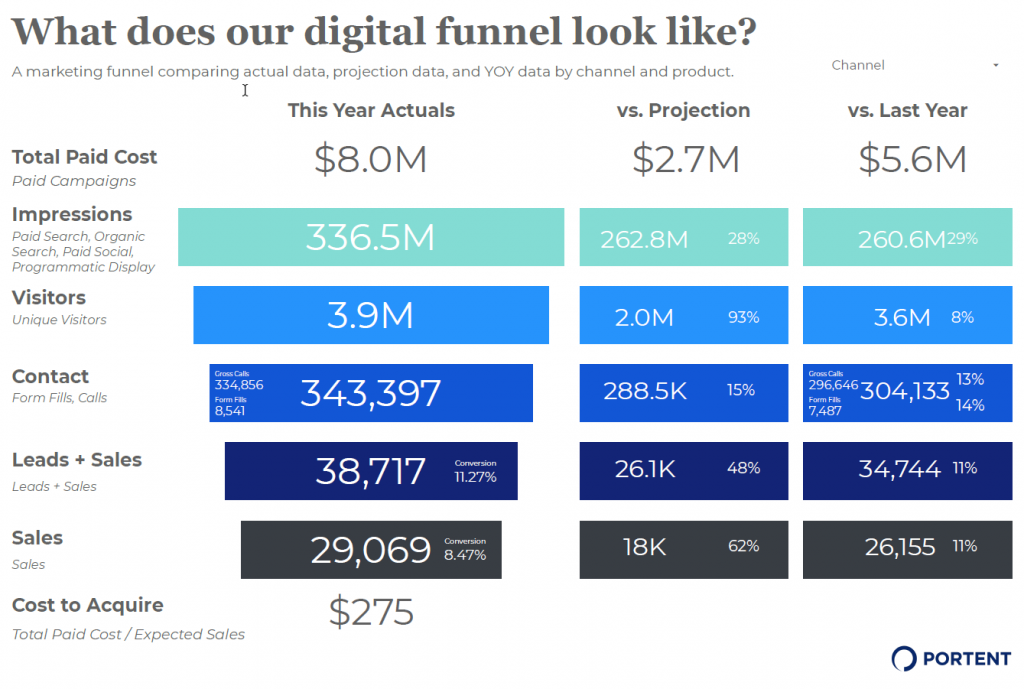
In the past ten years, some businesses have moved away from the marketing funnel—except as tied to their CRM or lead stages—to focus more on a customer lifecycle. However, both of these models should be used together to evaluate an omni-channel marketing strategy for your business and industry. We can help funnel and direct potential customers toward a decision, yet we cannot force them to read a specific blog post or read all of the comparison content on a landing page before completing a form or making a purchase. The key to a successful strategy is introducing your brand to your consumers and then continuing to stay top of mind until they are ready to make a purchase.
According to McKinsey, “For most marketers, the difficult part is focusing strategies and spending on the most influential touch points. In some cases, the marketing effort’s direction must change, perhaps from focusing brand advertising on the initial-consideration phase to developing Internet properties that help consumers gain a better understanding of the brand when they actively evaluate it.”
Add to this that customers now expect a more personalized, relevant user experience, and their brand loyalty is waning. This means you need to think carefully about where to invest time and money in your marketing channels and how to evaluate not only performance, but your customer engagement over time.
How to Assess Your Marketing Funnel
Although your potential customers most often start engaging with your business at the top of the funnel, it is often easiest to evaluate your funnel and customer lifecycle and the strategies that surround them from the bottom up.
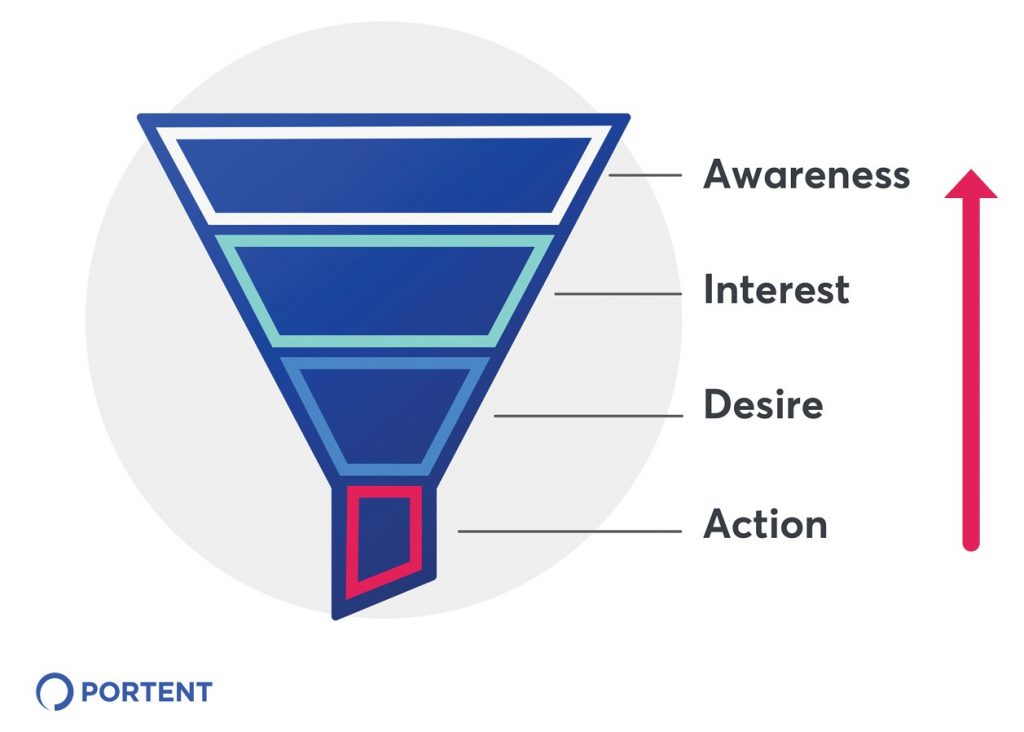
Start by asking questions about your primary conversion KPI or, more specifically, a campaign landing page:
Action
- What is the goal of my website/digital presence?
- What conversion action do I want users to take (i.e., complete a form, make a purchase, demo a product, sign up for a newsletter)?
- How consistently is this action communicated across my marketing channels in headlines and calls to action?
Desire
- Is there comparison information I should provide about my brand versus my competitors?
- How are verified reviews or testimonials included to help solidify the customer’s decision?
- What award or other trust signal badges could I include?
Interest
- Are the product descriptions clear?
- Is my target audience(s) clear? For example, would the potential customer feel like this landing page is relevant to them?
- What else does this user need to know about my brand to trust it?
Awareness
- Do I answer questions about my product or services?
- Do I share information about related topics that are relevant to my audience and industry?
- Is my owned, earned, and paid content reflective of my brand voice and values?
Supporting Middle of the Funnel Opportunities
One of the biggest gaps for many marketers is evaluating and developing strategies to support the middle of the funnel opportunities. The awareness and action phases are much clearer and can be more easily attributed to specific channels, yet the interest and desire phases require more targeted communication and nurturing.
We naturally think about getting customers in the door and closing the sale, but there are phases in the funnel and in the user journey where the customer is still deciding.
Even if a person is a qualified lead or has a product in their cart, they still have a decision to make that could be supported or influenced by on-site or off-site content. Identify those mid-points in the funnel and decision journey for your product and industry. Then, create content that responds to customer needs in that phase of their decision-making process and promote it. Here are a few examples:
Position Your Product for Buyer’s Guides
Many project management software companies create feature-focused content on their own websites. Yet, some also use digital PR to connect with bloggers, influencers, or journalists in their industry to help make their brand visible in the SERP and relevant listings and comparison guides.
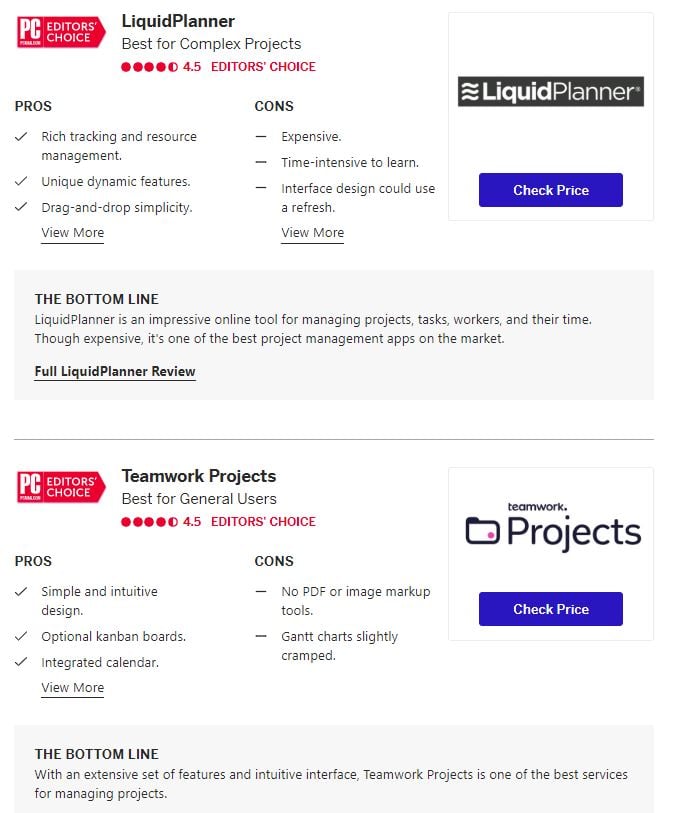
Create Non-Branded Comparison Content That Supports “How Do I Choose” Questions
In my search for a “trail running checklist,” I saw two featured snippets followed by two organic results: REI’s “Trail Running Gear Guide” and a listing for a specific gear brand, Salomon, linking to a blog post titled: What equipment do you need for trail running? This post is followed by links to a guide and posts on related content: how to choose your trail running shoes, how to choose a running backpack, and how to prepare your trail running backpack.


Create Testimonials or Case Studies by Audience or Industry
Usertesting.com includes a testimonial quote above the fold on their case study page followed by sections for business to consumer, business to business, and agency case studies.
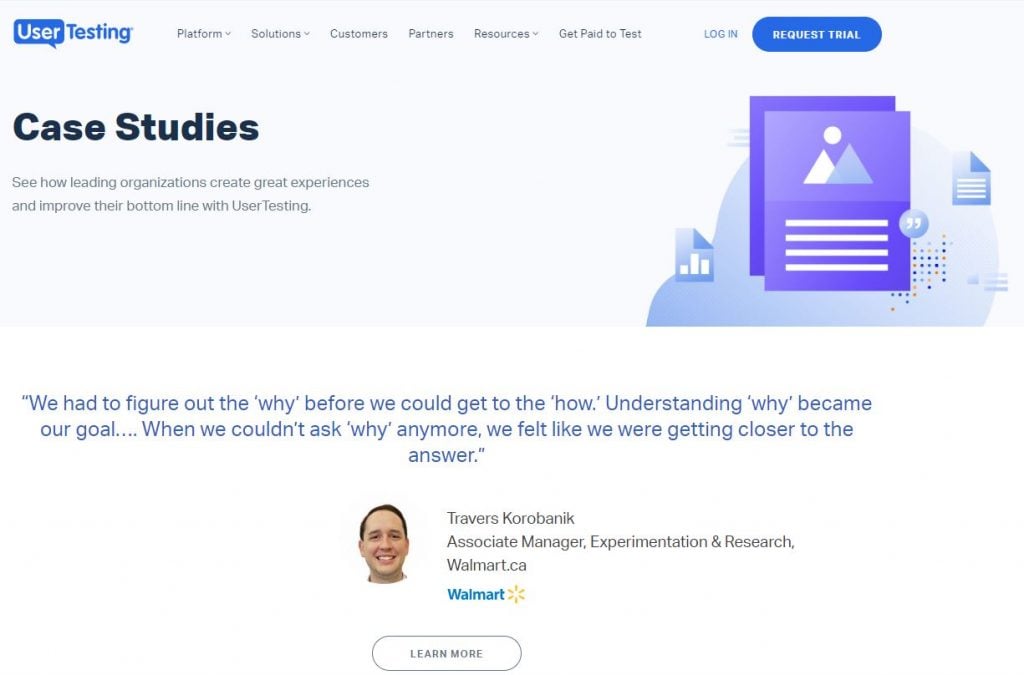
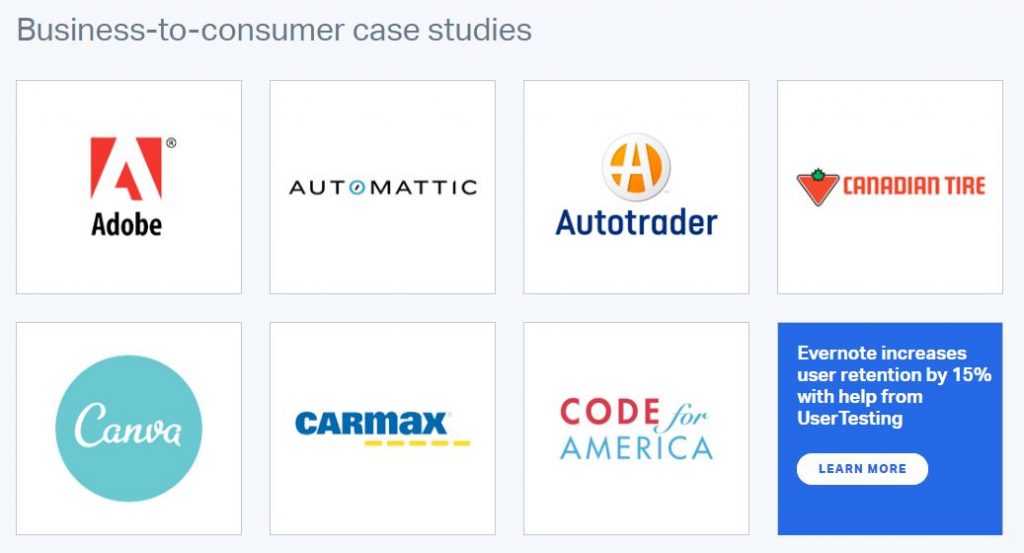
What Tools Can You Use to Evaluate Your Marketing Funnel and Customer Journey?
When it comes to assessing your website content and user journey, there is no shortage of tools to help you understand how your marketing channels are working for you. At Portent, we’ve refined our list to focus on the following reports and research methodologies:
- Google Analytics Reports
- Conversions – Assisted Conversions
- Conversions – Multi-Channel Funnels – Top Conversion Paths
- Behavior – Site Content – Exit Pages
- Google Ads – Campaign Paths – Source/Medium
- Behavior – Landing Pages – Source/Medium
- Google Optimize for A/B testing on your top landing pages
- SEMRush, Ahrefs, and GetSTAT for keyword research and identifying question queries associated with your top products and topics
- User research through interviews, focus groups, card sorting or usertesting.com
What Channels Should You Consider When Performing Your Assessment?
The short answer is all channels. The longer answer is to begin with evaluating the channels where you’re investing the most time and money. Keep in mind that more and more of the user journey is happening on mobile devices. These days, having a site and campaign components that are mobile-friendly is not an option; it’s a requirement.
How to Optimize Your Marketing Funnel and Decision Journey
Once you’ve evaluated your strategy and identified gaps, you need to prioritize how you’ll improve your communication with potential customers across all channels.
Align your existing channels and strategies to stages in the funnel. Regardless of the sales cycle or user journey length, channels consistently align with specific stages. Yet, keep in mind that not every channel will be the most relevant fit for each business or industry.
For example, the funnel for a B2B company that wants to increase organic search visibility and brand awareness utilizing SEO, paid social and paid search, could look like this:
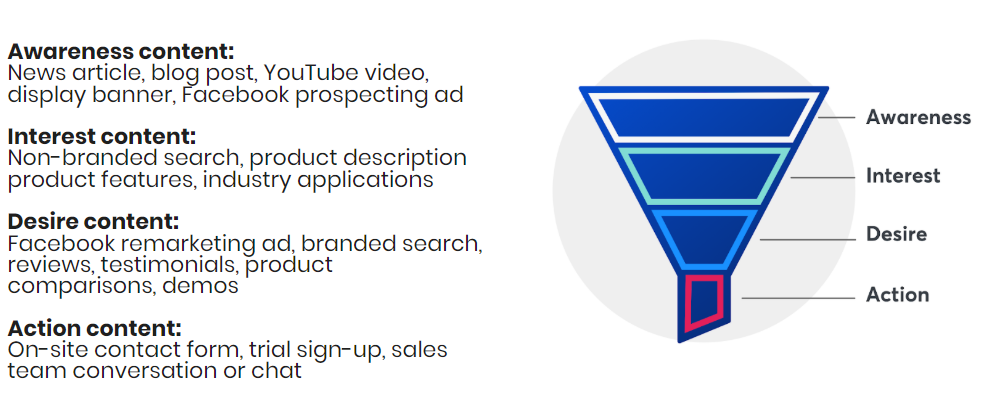
Once you’ve identified the priority content and channels, you should build a roadmap that outlines how to connect these channels over time so they best align with a campaign and overall marketing strategy.
For example, SEO on-page optimizations or interlinking could take months to positively affect your organic search visibility. Yet those strategic content changes need to be implemented well before digital PR, PPC, and paid social campaigns are launched, for the channels to be adequately utilized in collaboration.
Once you have created your roadmap, implement it and evaluate your “marketing mix,” then A/B test and iterate on those tests. Keep an eye on specific channel ROI, yet look for signs that channels are working together.
For a more in-depth explanation visit our content marketing funnel article.
Why Should You Keep The Marketing Funnel and Customer Journey Top of Mind?
Few customers will find your product all on their own: it has to be visible at multiple points during their journey. Even fewer people will find it and purchase it without distraction or further research. Competition is increasing, advertising platforms are becoming more crowded, and brand loyalty is waning.
Paying for traffic or investing in PR campaigns will only carry you so far if your website doesn’t build trust with your customers. Likewise, if your site content is thorough but the social media campaign and outbound communication it’s associated with is disjointed, you could lose loyal or potential customers.
To remain relevant and build trust with your audience, it’s essential to own and promote your brand and similarly create non-branded content on topics aligned with your brand and values.
The Wrap Up
Here are a few takeaways:
- Build your marketing funnel and customer journey as a framework from which to plan your campaign strategies. Know they both will evolve over time.
- Evaluate the performance of your marketing mix, not only individual channels, on a monthly and quarterly basis.
- Seek customer insights through A/B testing and feedback from your target audience and teams in communication with them. Apply what you learn to your content, budgets, and active channels.
- If you’re not sure where to start, ask for help:
- Hire an agency to help with auditing your marketing channels, assessing your content strategy and building your marketing funnel and user journey
- Work with internal teams who can provide qualitative or quantitative insight into customer engagement. Facilitate a brainstorm meeting with your product managers or ask your customer service team what is resonating in conversations with customers and where there are content gaps on your website.
As you plan and forecast your budget and assess your marketing strategy this year, remember to keep both your user’s journey and your marketing funnel in mind.
Invest time in building cross-channel content and a customer-centric approach for each marketing channel, and it will affect engagement with your brand and visibility on search engines.









